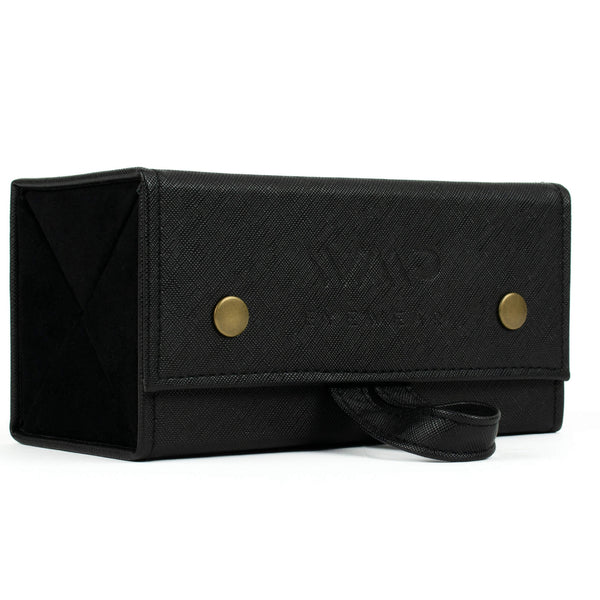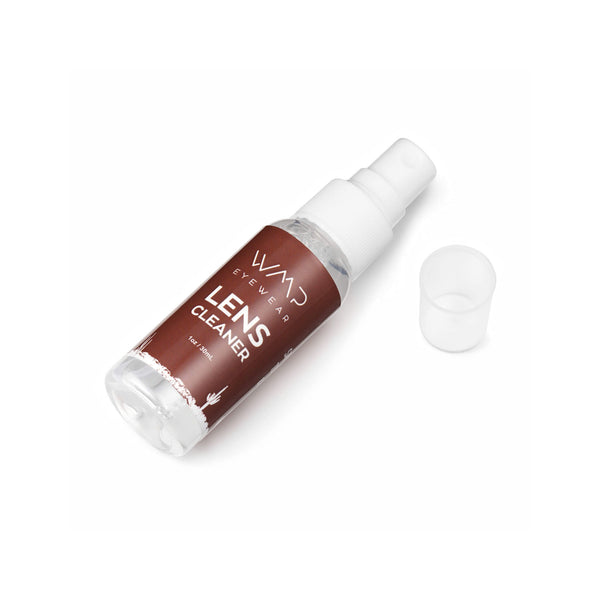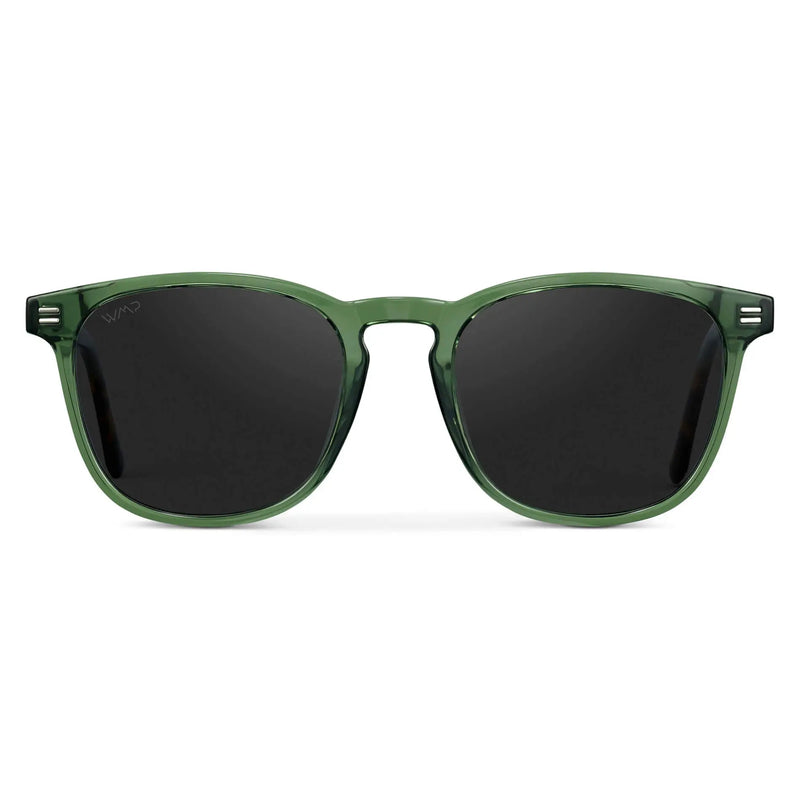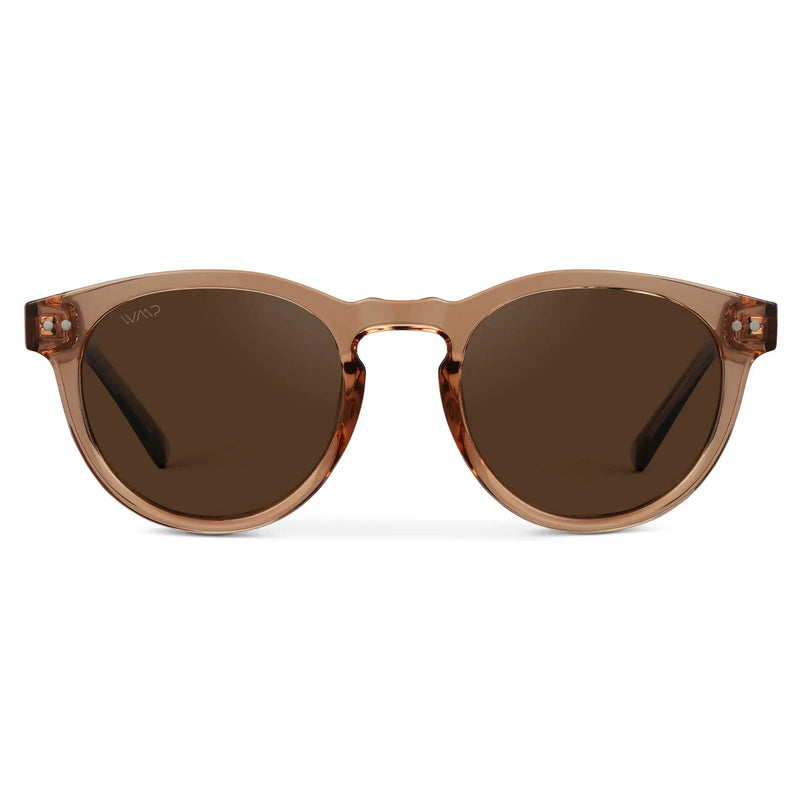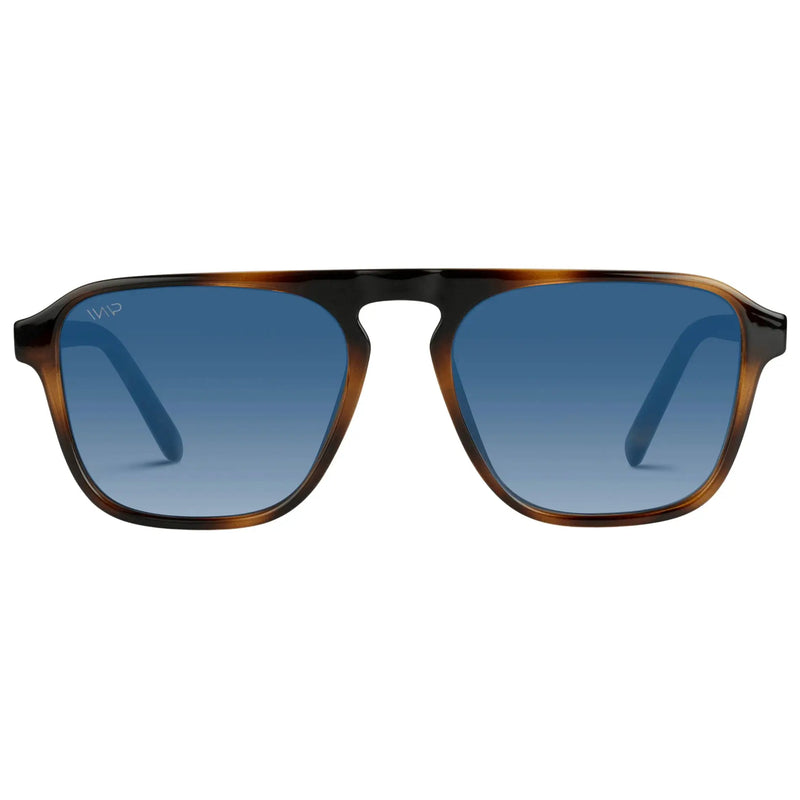Reading Glasses vs Prescription Eyeglasses: What’s the Difference

If you’ve recently picked up a book at the library, airport, or your local Barnes and Noble, yet the font seemed harder to read than normal, you’re not alone. Around age 40 (give or take a few years depending on your luck!), most people’s eyes change. They’ll likely start to need reading glasses due to a common condition called presbyopia.
To understand how presbyopia works, we have to go over some eye mechanics. In your eye, a clear lens sits behind the colored iris, and its job is to change shape so that light focuses the correct way on your retina. While we’re young, this clear lens is flexible but becomes more rigid as we age. The rigidity of the clear lens makes focusing on close-up tasks, such as reading or writing, harder.
Most people look to reading lenses for the solution to their presbyopia, but sometimes a prescription is also needed. Today, we’ll go over the differences between reading glasses vs prescription glasses so you can figure out the right pair for your needs.

Reading Glasses vs Prescription
Reading Glasses
Reading glasses offer magnification so that the wearer can more easily see items close up. OTC reading glasses don’t require a prescription from your optometrist. You could go to a big-box store such as Walmart or Target and pick up a pair today.
While you don’t have to see an optometrist for reading glasses, it can be helpful. After the appointment, the eye doctor can recommend the correct ADD strength (how much magnification) and measure your pupillary distance (PD, the distance between the centers of your pupils). Both of these items ensure that your reading glasses work properly for your eyes.
Prescription Reading Glasses
Prescription reading glasses are the same as regular readers, but with an added prescription to meet other needs your eyes have. For example, if your eye has astigmatism (mismatched eye curves), then you’ll want reading glasses with a prescription to account for that.
Prescription eyeglasses are more expensive than reading glasses. However, if you need prescription reading lenses, there’s no way around purchasing them. The best thing you can do is shop for cheaper options online at small, affordable brands like WMP Eyewear.
How to Find the Right Pair for You
Get an Eye Exam
Before purchasing either a pair of reading glasses or prescription ones, get an eye exam. This way, you’ll know exactly what you need. You can save quite a bit of money depending on where you go. An eye exam at Costco costs around $70 and one at Walmart costs anywhere from $50-90, depending on where you live.
Find Affordable Glasses Online
Instead of purchasing eyeglasses at the optometrist’s office, save money by finding affordable glasses online at retailers such as WMP Eyewear. Designer frames cost $200+ before the lenses are added, even at cheaper online stores like GlassesUSA.
WMP Eyewear’s frames are just as durable as designer ones, yet are a fraction of the cost because of the low markup. Try a cool retro look like Abner, featuring transparent Champagne Crystal acetate frames and square shatter-resistant UV-blocking lenses.
Emerson offers a modern take on the traditional aviator. These Moonrock Grey acetate frames come with a single nose bridge, oversized rectangular round lenses, and cool tortoiseshell-tipped arms that exude cool confidence.
If you’re more into a bookishly handsome look, Ralph features oval oversized lenses, smart tortoiseshell frames, and flexible hinges for comfortable, lightweight wear.
Customize Your Lenses
Once you add your pair of WMP Eyewear frames to the cart, you’ll customize your lenses. Choose between single-vision, non-prescription readers, or prescription sunglasses. Grab your eyeglasses prescription and fill out the following information for the right eye (OD) and left eye (OS):
- Sphere (SPH): The lens power
- Cylinder (CYL): The astigmatism measurement
- Axis: How astigmatism lines up to the cornea
- Add: Extra lens power (for reading glasses)
You’ll also need to enter the PD. If your prescription contains a prism, check the box and fill in the corresponding information.
Once all that information is completed, the following page asks if you want a clear lens or clear blue-light-blocking. If you spend your whole day working in front of a computer, blue light lenses protect your eyes from UV rays emitted from the screen that can cause long-term eye damage.
The final question asked is for your lens package. You have the option to choose between standard lenses or premium lenses. Both are made of index-thin polycarbonate with anti-scratch properties and UV-blocking. The premium lenses feature an anti-reflective coating as well.
Add to Cart
Finally, you’ll get to the page where you get to add your new prescription or reading glasses to the cart! Be sure to double-check all of the prescription information on the final page before adding. Once you complete the order, no changes can be made.
And that’s it! Now, you’ve got a brand new pair of glasses coming your way, and the process only took minutes out of your day.
Frequently Asked Questions
How Do I Know if I Need Reading Glasses or Prescription Eyeglasses Based on My Vision Needs?
The best way to know if you need reading glasses or prescription lenses based on your vision needs is to schedule an exam with the eye doctor. They will examine your eyes and be able to assess the exact needs of your prescription or suggest the correct magnification for readers.
If you don’t want to pay for an eye exam yet, you could go to your local drugstore and try on a few readers to see which magnification helps you with close-up vision. However, this may only be putting a band-aid over the problem rather than solving the underlying issue.
Are There Any Potential Disadvantages to Using Reading Glasses Instead of Prescription Eyeglasses for Close-up Tasks?
The potential disadvantage to using reading glasses instead of prescription eyeglasses is that they can only be used for close-up tasks. If you’re also near-sighted, then you’ll need a separate pair of glasses to see far away. Alternatively, you could purchase a pair of bi-focal prescription glasses, so that you can use them both for reading and your regular vision needs.
Are Reading Glasses a Suitable Option for People With Astigmatism, or Is a Prescription Eyeglasses With Astigmatism Correction Necessary?
Reading glasses are not a suitable option for people with astigmatism. Because of how the curvature of your eyes affects the cornea or the inside lens, you’ll always need prescription lenses that account for astigmatism, even for readers.


